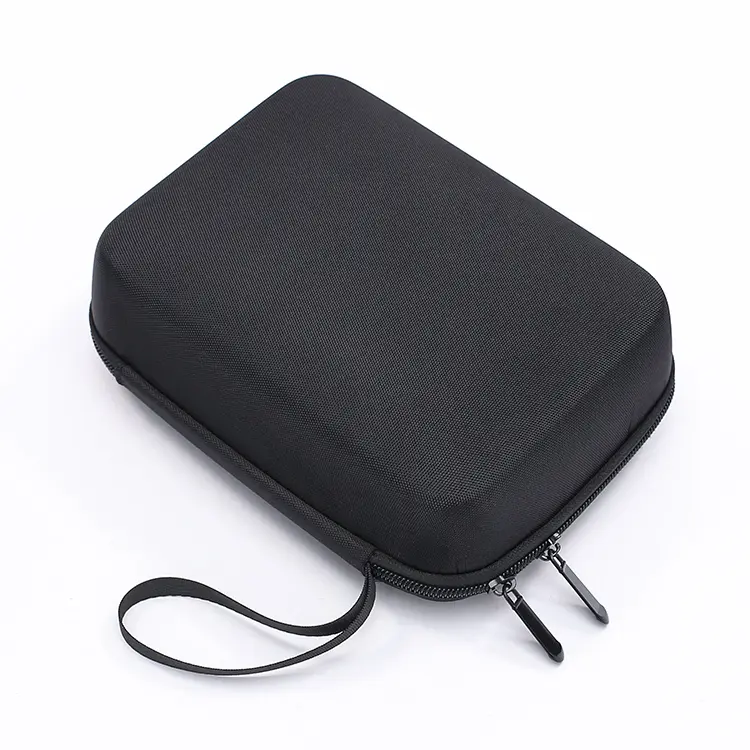How to evaluate whether the production process of an EVA bag is truly environmentally friendly?
In today’s context of increasing environmental awareness, it has become particularly important to evaluate whether the production process of EVA bags is environmentally friendly. The following is a series of steps and standards that can help us comprehensively evaluate the environmental friendliness of the EVA bag production process.
1. Environmental friendliness of raw materials
First, we need to consider whether the raw materials of the EVA bag are environmentally friendly. EVA materials themselves are non-toxic and harmless environmentally friendly materials. During the production process, it should be ensured that the EVA material does not contain harmful substances and complies with relevant environmental standards and regulations. In addition, EVA materials should comply with international standards such as the RoHS Directive and the REACH Regulation, which restrict the use of hazardous substances and require the safe use of chemicals
2. Environmental friendliness of the production process
The production process of the EVA bag also has an important impact on its environmental friendliness. The production process includes steps such as raw material preparation, hot pressing molding, and printing. In these processes, environmentally friendly technologies and methods should be used to reduce energy consumption and waste generation. For example, temperature control during hot pressing molding is crucial for energy saving and reducing waste emissions
3. Waste treatment and recycling
The evaluation of the environmental friendliness of the EVA bag production process also requires consideration of waste treatment and recycling measures. Waste generated during the production process should be recycled as much as possible to reduce the impact on the environment. For example, the discharge and treatment of the “three wastes” of the EVA device, including the treatment of wastewater, waste gas and solid waste, should meet environmental protection requirements
4. Life Cycle Assessment (LCA)
Conducting a life cycle assessment (LCA) is an important method to evaluate the environmental performance of EVA bags. LCA comprehensively evaluates the impact of the entire process of packaging on the environment from raw material collection, production, use to waste treatment. Through LCA, we can understand the environmental load of EVA bags throughout their life cycle and find ways to reduce environmental impact.
5. Environmental standards and certification
The production of EVA bags should follow domestic and international environmental standards, such as China’s national standards GB/T 16775-2008 “Polyethylene-vinyl acetate copolymer (EVA) products”
and GB/T 29848-2018, which specify the requirements for the physical properties, chemical properties, processing technology and other aspects of EVA products. In addition, obtaining environmental certification, such as ISO 14001 environmental management system certification, is also an important reference for evaluating the environmental friendliness of the EVA bag production process
6. Product performance and environmental adaptability
EVA bags should have good physical properties, thermal properties, chemical properties and environmental adaptability. These performance requirements ensure that the EVA bag can maintain its function during use, while being able to degrade or recycle in the natural environment to reduce the impact on the environment.
7. Environmental awareness and corporate responsibility
Finally, the environmental awareness and social responsibility of enterprises are also important factors in evaluating the environmental friendliness of the EVA bag production process. Enterprises should actively improve their awareness of environmental protection and social responsibility and promote sustainable development. Through the green EVA method, enterprises can improve their operating performance while paying attention to environmental protection
In summary, evaluating whether the production process of an EVA bag is truly environmentally friendly requires comprehensive consideration of multiple aspects such as raw materials, production processes, waste treatment, life cycle assessment, environmental standards, product performance and corporate responsibility. Through these steps, we can ensure that the production process of EVA bags meets environmental protection requirements and contribute to protecting the environment.
Post time: Jan-01-2025





